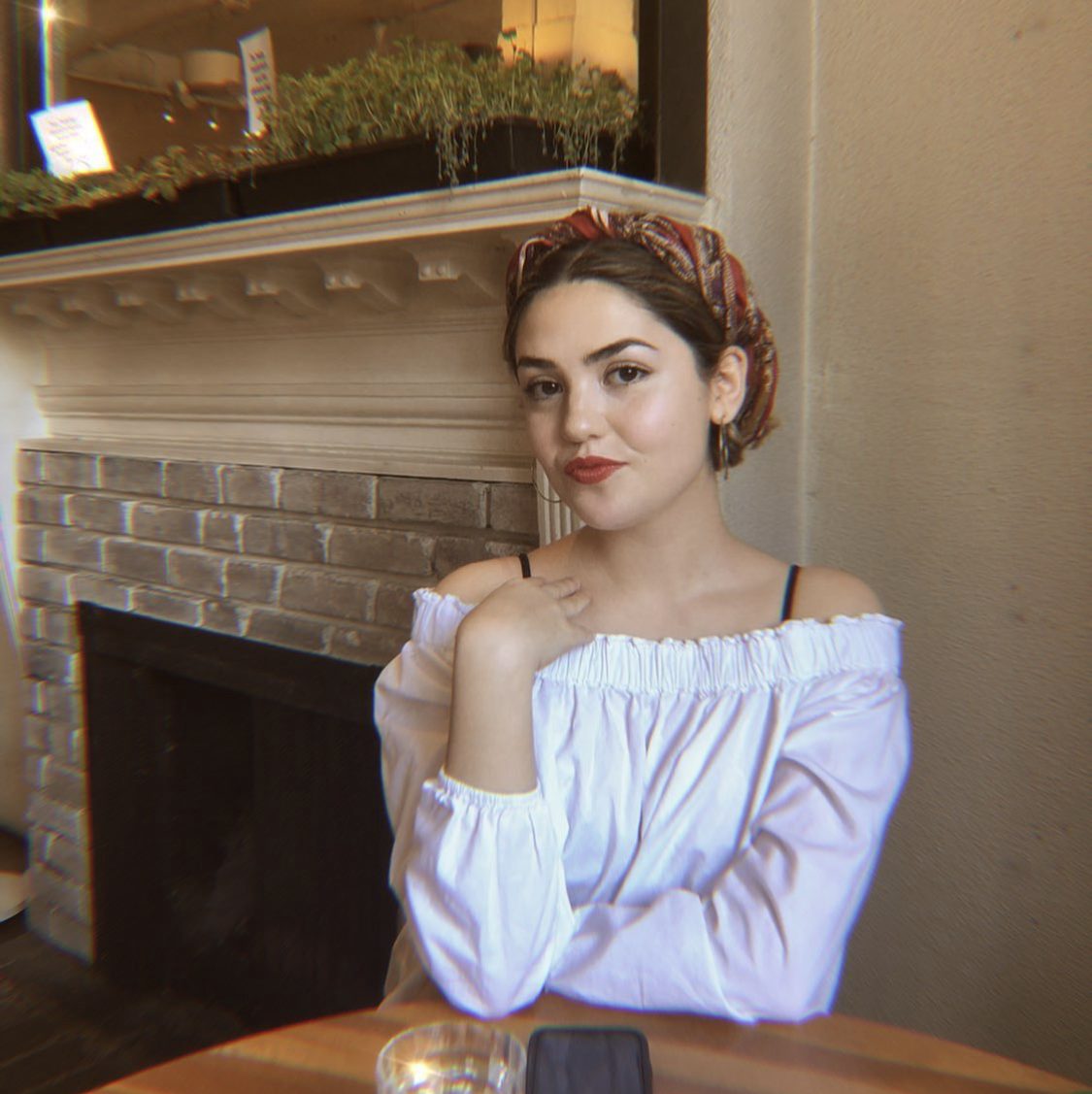For this week’s reading(s), I found the content of Canals’ article intriguing but found his ‘take-away’ message a bit alarming.
The positive aspect I want to address is that exposure to a Latin American religion other than catholicism is always welcome, since popular media does not make it readily available. I appreciate how Canals’ anthropological research was done in a respectful manner, documented how a somewhat ‘invisible’ cultural practice is performed to a presumable Western audience, given that the text was written in English, and some context to how it is significant within Venezuelan society. However, I did find his concluding message conflicting as it suggests disrespecting cultural norms to collect more data.
‘visual mistakes’, as Canals’ refers to wrongly capturing cultural practices to ‘collect valuable data for research’, could be avoided altogether if he asked the right questions with consent from those he wished to collect data from. Moreover, Canals could have used another medium to record his data, such as writing or sketching, as to not invade privacy or interfere with cultural practices. His methodology and encouragement to other visual anthropologists thus highlight some ethical questions that tread the line of humanizing, dehumanizing, and integrity.
As for the actual content within the text, I wondered why the more evolved version of Maria Lionza is a white woman. Maybe it’s racism, maybe it follows the chronological history of Venezuela from pre-conquest to present, but it definitely reinforces some harmful norms that are common in Latin America. Language, either oral, captured through a medium, or behavioural, shapes the way you think and perceive the world so it is interesting how such a mixed population would continue to validate this concept.
Lastly, I do not really understand why the religion of Maria Lionza is called a cult if it is the second most practiced religion in Venezuela, whose population is almost 29 million. At this point, I am no longer critiquing Canals but Western interpretations of African or Indigenous religions in general. The term cult is used to define a social movement rather than a religion at all, which is offensive given that these religions have been performed for centuries or even more than millennia. I do not see why Voodoo, Candomblé, or Maria Lionza should be considered a myth or cult given their cultural significance. Especially if many people practice this religion, I do not see how they are a ‘secret’; maybe given that the West is not in close proximity to the communities that practice these religions and that the values from the religions we are familiar with conflict with those found in Maria Lionza and so forth is the reason we do not take them as seriously.
Therefore, my question to the class is – how did you find Canals’ writing? Methodology?

Hey! Thanks for a thought provoking post!
I think you bring up an interesting point about the Maria Lionza religion being called a cult even though it clearly is a pretty mainstream religion in Venezuela. When I started reading this article, I was expecting to read about a small practice that was exclusive to a specific group of people. However, it turned out to be a massive religion. I think this definition derives from it being separate from the most popular religion Catholicism, however it is not another “official” religion like Islam, for example. Moreover, maybe it has been defined as a “cult” because it is a comparatively new practice and perceived as somehow “less” of a religion by the mainstream. I don’t know but it definitely has a derogatory connotation that guides us to think about it as a small, secretive and silly practice.
Hi!
I found his methodology to be written very well. They explain the processes and practices in such clear detail that it makes the reader understand, which is so critical in anthropological writing, otherwise what’s the point?
I also didn’t really understand why it was a cult because the details surround it suggest otherwise
Hi there!
I really enjoyed reading your thoughts on Canals’ piece, and they definitely resonated with some of my own. I found the notion of “visual mistakes” as a valuable form of data-collection equally conflicting in nature, it sort of implies that disregarding, or rather, failing to inquire about, the appropriateness of your documentation is an insightful tool into moments that might not otherwise be externally captured. I guess these sorts of “visual mistakes” have opened windows into sacred rituals and ceremonies that would have otherwise gone ‘undocumented’, but, valuable or not, it does seem sort of like an act of cultural or religious encroachment perhaps. I don’t want to devalue or discredit Canals and the respect with which he has researched and communicated about the cult of Maria Lionza, but I, too, felt a little conflicted about the ‘take-home message’.